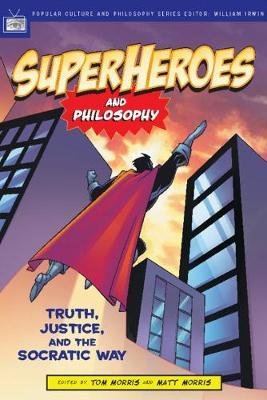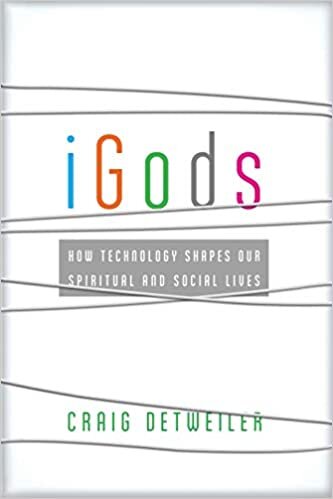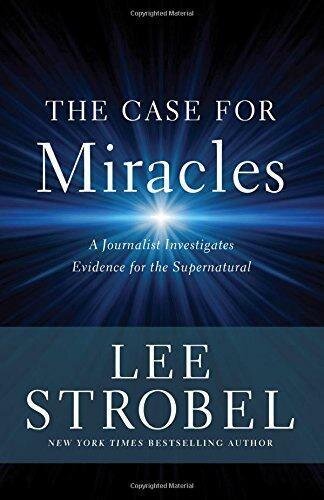Pagan Christianity by Frank Viola & George Barna
The subtitle reads Exploring the Roots of our Church Practices.
The book starts out in the first chapter by asking the question - Have we really been doing it by the book? In the other eleven chapters Viola and Barna document from early historical sources their findings that contemporary church life, ministry and structure have little or no Biblical basis. They point out how many of our current church practices are borrowed from pagan Greek and Rome culture.
You may not agree with all the conclusions of these authors but much of what they say should give us a reason to assess the scriptural foundation of our current church practices.
The author Frank Viola follows up this book with another book called Reimagining Church. In this book he presents what he calls Organic Christianity an alternative way of doing Church. This is an excellent book much more positive than Pagan Christianity.



















